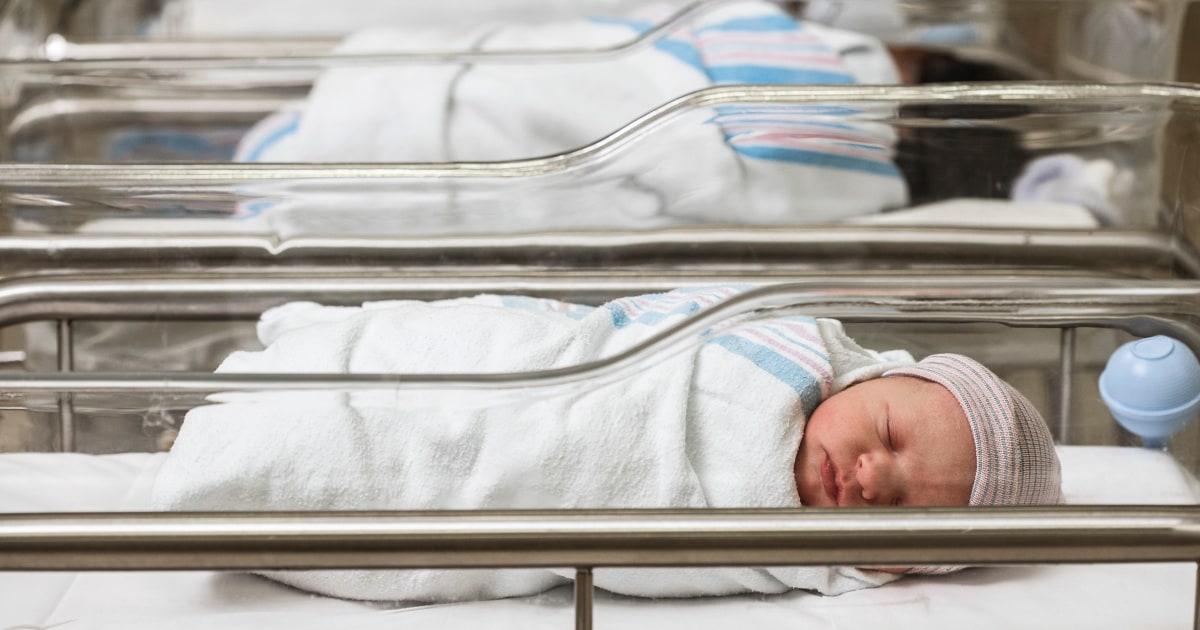
Lead, mercury and other pollutants could be affecting the ratio of boys to girls born each year, according to a study published Thursday in the peer-reviewed journal PLOS Computational Biology.
The analysis, which reviewed data from about half of the U.S. population and everyone in Sweden, suggested common pollutants are affecting children before they’re born and having similar effects across large groups of people and on separate continents.
Pollutants could be preventing some pregnancies from coming to term, with imbalances in how they affect each sex, said Andrey Rzhetsky, a professor of medicine and genetics at the University of Chicago and a lead author on the study.
“These variations are statistically significant. They might be small, but it all translates into thousands of premature deaths,” Rzhetsky said. “If something affects sex ratios, it means it affects human biology, and it probably has other health effects.”
The study examined data for around 150 million Americans for over eight years as well as the entire population of Sweden for over 30 years. Researchers compared medical record data with factors like environmental quality measures, season and temperature.
The researchers didn’t see trends in birth ratios by season nor temperature. Different chemicals skewed birth ratios, but not in one direction.
Areas with higher mercury exposure, for example, tended to produce a slightly higher ratio of boys, while areas with more lead in soil were associated with a higher proportion of girls.
Rzhetsky and his colleagues suspect chemical compounds could play a role in terminating pregnancies and that the effects are more pronounced for either girls or boys for reasons not yet known.
“It definitely shows there is interaction between the reproductive system and environmental pollutants,” Rzhetsky said. “There are obviously physiological differences between male and female embryos. Clearly different substances could target or modify different parts of physiology.”
The ratio of boys to girls is typically close to even. For every 105 boys born in the U.S., the Centers for Disease Control and Prevention would expect the births of 100 girls, according to its website.
Pollutants, stress, parental smoking and parental age are among factors that scientists have suggested affect sex ratios.
The effects of pollution on pregnant women and fetuses are well studied.
“The impacts of environmental chemicals on the developing fetus and child are pretty profound and cross different body systems,” Emily Barrett, an associate professor of biostatistics and epidemiology at Rutgers University, said. “They impact pregnancies enough that a loss may occur.”
Chemicals can disrupt the endocrine system as it’s supposed to supply a delicate balance of hormones to pregnant women, Barrett said. Pollutants can cause damage also to DNA or produce inflammation that impacts fetal development.
Sex ratios, and factors that could impact them, also have been researched thoroughly. The strength of this new research is in its size, Barrett, who was not involved in the study, said.
“They have a lot more power in this analysis than most of the previous studies,” Barrett said, meaning the scientists were able to determine significant trends with more confidence.
Most prior research looked at impacts in hundreds or thousands of pregnancies, but this study covers broad trends for millions on separate continents and finds statistically significant differences for several chemicals.
The study has weaknesses, too. It did not directly evaluate overlapping exposures to chemicals. Because it’s such a large study, the measures of pollution are crude and based on geographic factors, rather than clinical measurements of blood or urine. It’s possible other pollutants or factors not included in the study could confound the results, too, Barrett said.
Still, the study adds to a growing body of evidence that pollution has negative effects on pregnancy and that these effects are important enough to skew nationwide data on something so core to the human experience as the proportion of boys and girls.
Barrett said chemicals known or suspected to disrupt the endocrine system continue to proliferate.
“If we are concerned air pollution and water pollution are impacting the course of pregnancy and child development … in a lot of cases these exposures are on the rise,” she said.
Source: | This article originally belongs to Nbcnews.com









